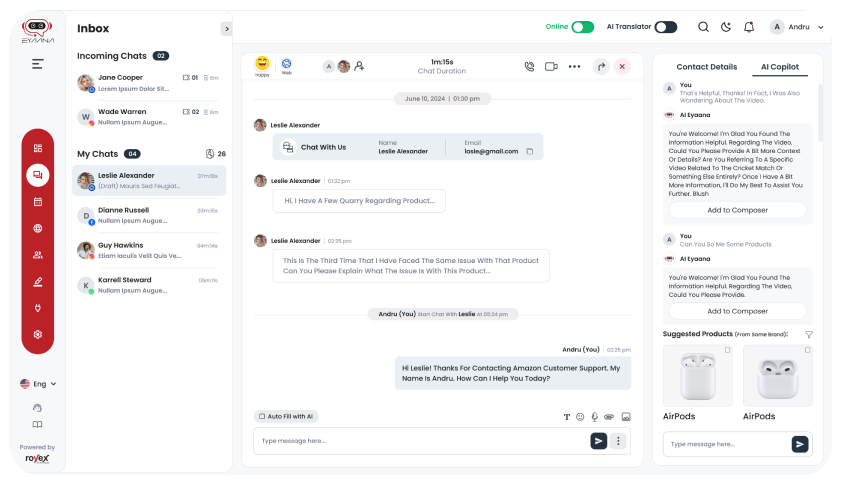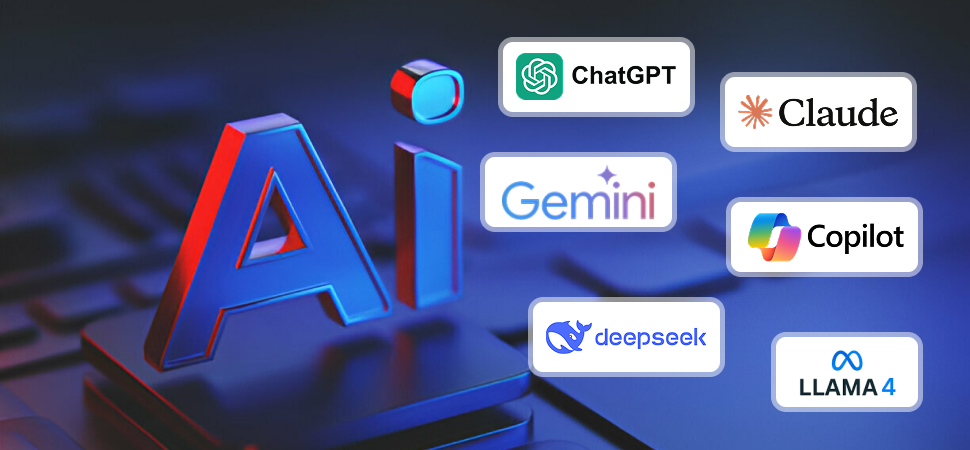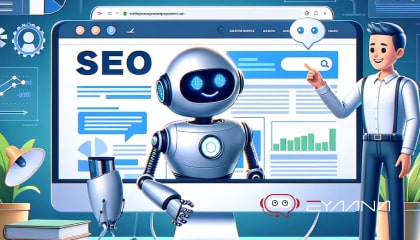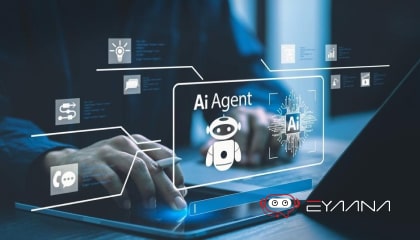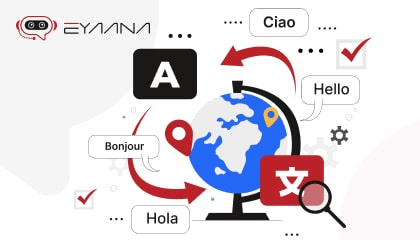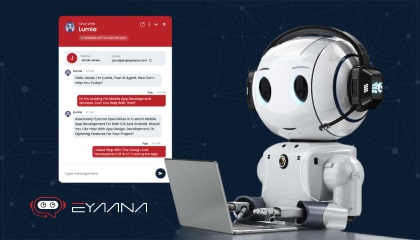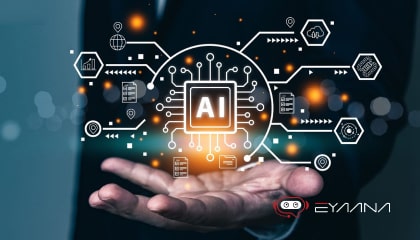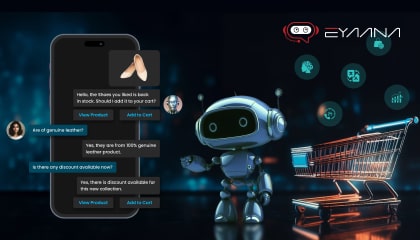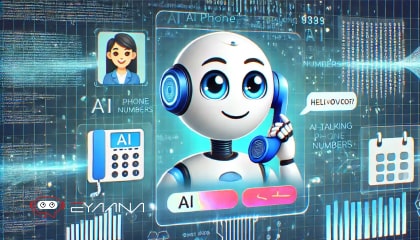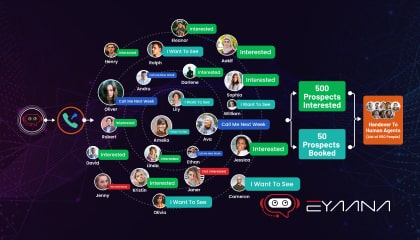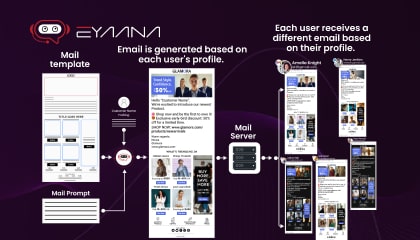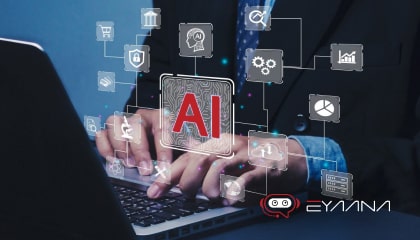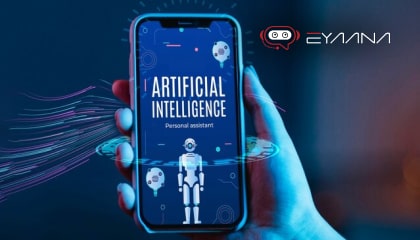Enquiry
Blog Details
How Can You Guide Your Customer Service Team into the AI-Driven Future
The customer service landscape is undergoing a profound transformation, driven largely by the advancements in Artificial Intelligence (AI). As AI becomes a central force in reshaping how businesses interact with their customers, leading your team into this AI-driven future requires a combination of strategic vision, flexibility, and a nuanced understanding of AI's role in augmenting—not replacing—human interactions.
1. Understanding the Role of AI in Customer Service

AI’s role in customer service is not about replacing human agents; it’s about empowering them to perform better. AI is revolutionizing customer service by automating routine and repetitive tasks, which enables human agents to focus on more intricate and nuanced issues that demand emotional intelligence and critical thinking. Rather than viewing AI as a replacement for human agents, it's important to see it as a tool that enhances their capabilities. AI can manage straightforward inquiries, perform data analysis, and provide immediate responses, thereby freeing up your team to tackle complex problems that require a human touch. Striking this balance between AI and human involvement is crucial for a seamless integration that benefits both your team and your customers.
2. Fostering a Culture of Continuous Learning
Given the rapid evolution of AI technologies, fostering a culture of continuous learning within your team is essential. Encourage your team members to stay abreast of the latest advancements in AI by providing access to training sessions, workshops, and online resources. This ongoing education helps ensure that your team is not only familiar with the latest AI tools but also adept at leveraging them to improve ai customer service. A proactive approach to learning empowers your team to adapt quickly to technological changes and integrate new AI solutions effectively.
3. Aligning AI Integration with Business Goals
Before integrating AI into your customer service strategy, it is vital to clearly define how it aligns with your overall business objectives. Whether your goal is to enhance response times, boost customer satisfaction, or reduce operational costs, your AI strategy should be designed to support these specific goals. By establishing clear objectives for AI implementation, you ensure that the technology serves to advance your business aims rather than acting as a standalone solution. This alignment helps in measuring the impact of AI on your business performance and adjusting strategies accordingly.
4. Empowering Your Team through AI Tools
Effective AI integration involves equipping your team with tools that enhance their capabilities rather than overshadowing their skills. Consider implementing AI-driven analytics that provide valuable insights into customer behavior, or deploying chatbot app that handle frequently asked questions and routine inquiries. These tools should be seen as complementary to your team’s expertise, allowing them to focus on tasks that require human creativity and empathy. By providing your team with AI tools that streamline operations and support their roles, you empower them to deliver outstanding customer service.
5. Maintaining the Human Element in Customer Interactions

Despite the increasing role of AI in customer service, the human element remains indispensable. It’s crucial to ensure that your team continues to engage with customers in a personal and empathetic manner, especially when dealing with complex or sensitive issues. AI can handle many tasks efficiently, but it cannot replace the emotional intelligence and understanding that human agents bring to their interactions. Maintaining this human touch ensures that your customer service remains compassionate and effective, addressing customer needs in a way that AI alone cannot.
6. Measuring Success and Continuously Improving
To gauge the effectiveness of your AI initiatives, implement a set of clear metrics such as customer satisfaction scores, response times, and issue resolution rates. Regularly monitor these metrics to assess how well AI is contributing to your customer service goals. Use this data to make informed decisions about adjusting your AI strategy, optimizing its use, and identifying areas for improvement. Continuous evaluation and refinement of your AI approach help ensure that it remains aligned with your business objectives and delivers tangible benefits.
7. Preparing for the Future of AI in Customer Service
The future of customer service is set to be increasingly AI-driven. To prepare your team for this future, stay ahead of trends by experimenting with new technologies and approaches, all while keeping the customer experience at the forefront of your strategy. By embracing AI as a tool for enhancement rather than replacement, you position your team to thrive in a future where AI plays a pivotal role in delivering exceptional customer service.
By thoughtfully integrating AI into your customer service strategy, you can lead your team into a future where AI enhances both efficiency and customer satisfaction.
Why Eyaana Could Be the Right Choice for Your Business
If you’re looking for a powerful yet user-friendly AI chatbot app, Eyaana is worth considering. With Eyaana, businesses can seamlessly turn website traffic into live, engaging conversations, making it easier to convert leads into customers.
Eyaana is designed to be an AI-first customer support and sales solution, meaning it comes with powerful automation features, yet it’s easy to use even for non-technical teams. Its inbuilt CRM and helpdesk make customer management simple, while its AI-driven chat capabilities provide a smart, personalized experience for users.
Inbuilt CRM and Helpdesk: Eyaana comes with a built-in CRM and helpdesk, allowing businesses to manage customer data and support interactions in one place.
Flexible Pricing: Choose from Eyaana’s Lite and Pro packages starting from $99/month, with flexible, commitment-free tiers tailored to suit businesses of all sizes.
Multilingual Support: Engage a diverse audience with language options like Arabic, English, Hindi, and Urdu.
AI-First Design: Eyaana’s chatbot learns over time, enhancing customer interactions and turning site visits into conversations.
Scalability: Eyaana adapts to business growth, handling higher customer interactions with ease.
24/7 Support & Analytics: Real-time data.
To explore how AI can enhance your business operations, sign up for free and get started with Eyaana today.
Do you need help?
We will provide detailed information about our services, types of work, and top projects. We will calculate the cost and prepare a commercial proposal.
